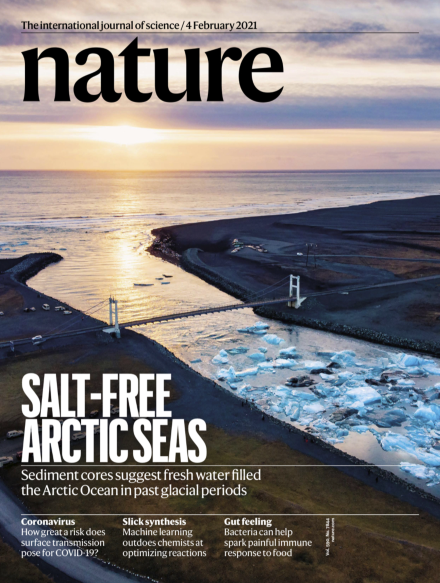Volume 590 Issue 7844, 4 February 2021
This Week
-
Editorial
-
-
World View
-
Research Highlights
News in Focus
-
News Round-Up
-
News
-
Features
Books & Arts
-
Essay
-
Book Review
Opinion
-
Correspondence
Work
-
News
-
Zoom fatigue saps grant reviewers’ attention
Career Guide:
-
Technology Feature
-
Where I Work
Research
-
News & Views
-
Reviews
-
Perspective
-
Articles
-
Matters Arising

